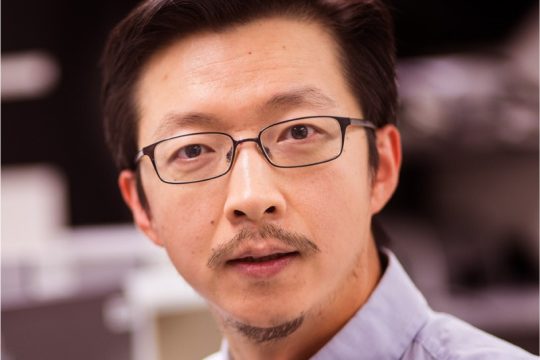Redox regulation plays a central role in signal transduction processes operating in the brain. Aberrant redox signaling is a hallmark of several neurodegenerative diseases such as Alzheimer’s disease, Huntington’s disease, Parkinson’s disease, Amyotrophic Lateral Sclerosis and various Ataxias. It...
Understanding how the information in the genome is utilized is one of the central questions in modern biology. It has become clear that a critical level of gene regulation occurs through the chemical modification of both the DNA itself...
Non-ribosomal peptide synthetases (NRPSs) are large enzymatic systems responsible for the biosynthesis of a wealth of secondary metabolites, many of which are used by pharmaceutical scientists to produce drugs such as antibiotics or anticancer agents. To synthesize all of...
Research Focus Our research focuses on “synthetic cell biology” to dissect and reconstitute intricate signaling networks. In particular, we investigate positive-feedback mechanisms underlying the initiation of neutrophil chemotaxis (known as a symmetry breaking process), as well as spatio-temporally dynamic...
The research group is a laboratory focused on medicinal chemistry, primarily addressing diseases of neurodevelopment such as schizophrenia. Biological activity and structure-based drug design are used to drive chemistry target selection, and we are developing synthetic methods to efficiently prepare...
Research Interests: My laboratory’s research is focused on understanding how multi-subunit assemblies use ATP for overcoming topological challenges within the chromosome and controlling the flow of genetic information. We are particularly interested in developing mechanistic models that explain how...
The research in the Wolfgang laboratory utilizes biochemistry and molecular genetics to understand the molecular mechanisms used to sense and respond to nutritional/metabolic cues under various physiological and pathophysiological circumstances. They are particularly interested in deciphering the roles of...
Multi-cellular living organisms grow from single cells into multicellular, complex systems composed of highly diverse cell-types organized into tissues, which in turn form organs and organ systems. To organize and maintain this complex architecture, the organism must undergo constant...










